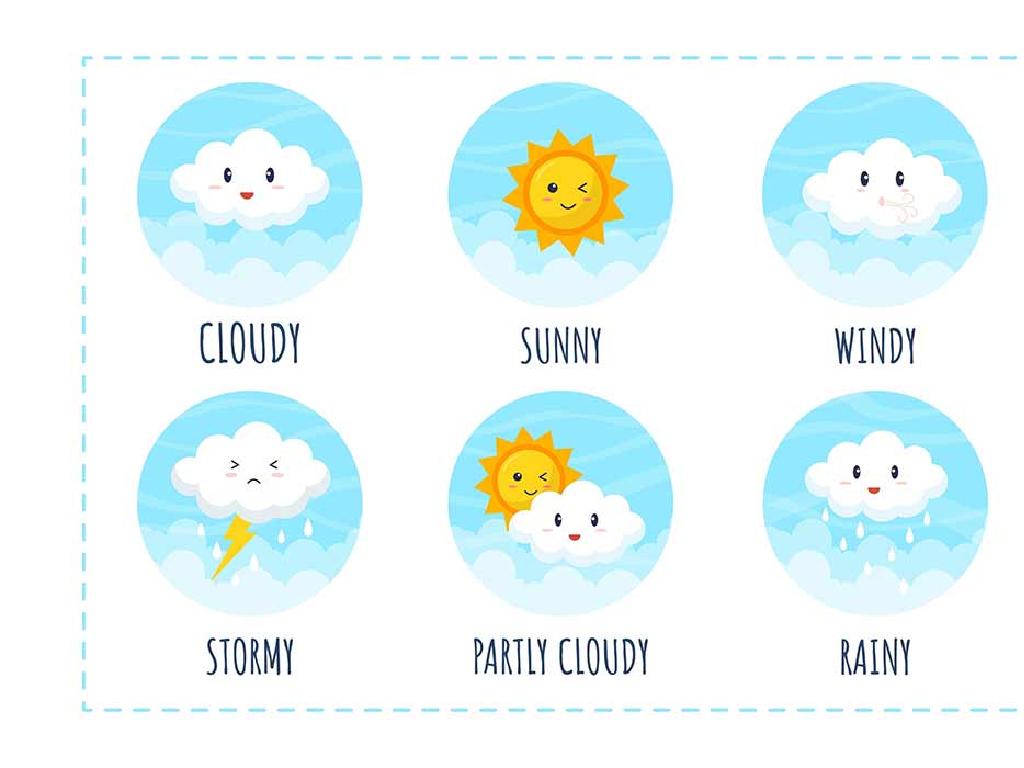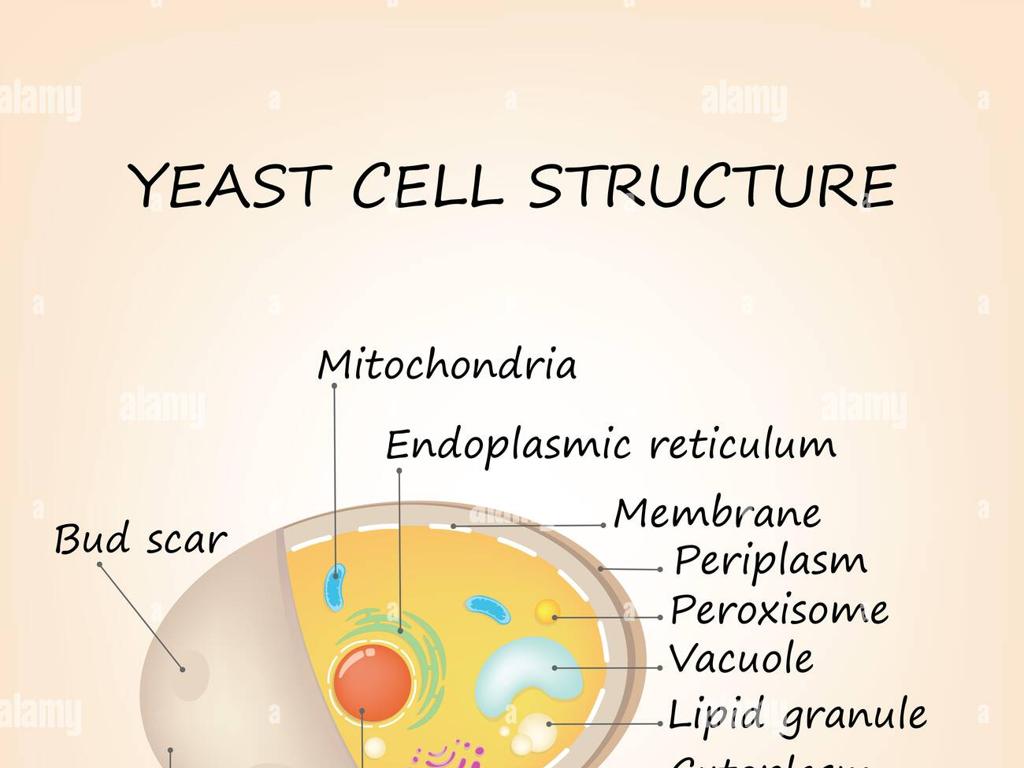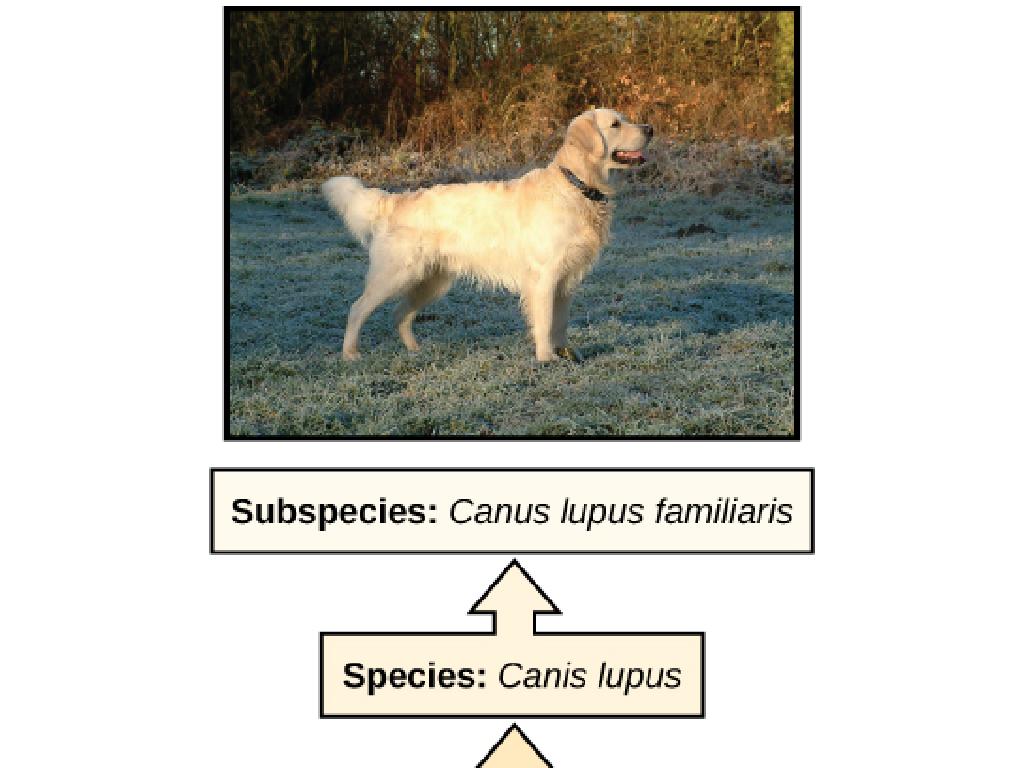Read An Animal Pedigree Chart
Subject: Science
Grade: Fifth grade
Topic: Traits And Heredity
Please LOG IN to download the presentation. Access is available to registered users only.
View More Content
Exploring Heredity in Animals
– What is heredity?
– Heredity is how traits are passed from parents to offspring.
– Exploring different traits
– Traits are features or characteristics like fur color or ear shape.
– Introduction to pedigree charts
– Pedigree charts track traits through animal family generations.
– How to read pedigree charts
– Learn the symbols and patterns that represent animal traits.
|
This slide introduces the concept of heredity and its importance in understanding how traits are passed down through generations in animals. Begin by explaining heredity in simple terms, relating it to how children may inherit certain features from their parents. Discuss various traits that can be observed in animals, such as fur color, ear shape, or eye color. Introduce animal pedigree charts as a tool used by scientists and breeders to track the inheritance of traits over multiple generations. Teach students the basic symbols and patterns used in pedigree charts, such as squares for males, circles for females, and how lines connect family members. This foundational knowledge will prepare students for more in-depth exploration of genetics and heredity.
Exploring Traits in Animals
– What are traits?
– Traits are characteristics or features of an organism.
– Examples of animal traits
– Fur color in dogs, beak shape in birds, or patterns on butterflies.
– Inherited vs. environmental traits
– Inherited traits are passed from parents, environmental traits are influenced by surroundings.
– Significance of traits in pedigree
|
This slide introduces the concept of traits to the students, explaining that traits are distinguishing characteristics of animals, which can be physical or behavioral. Provide examples of both inherited traits, such as fur color in dogs, and environmental traits, such as a bird’s ability to sing certain songs. Emphasize the difference between traits that are passed down genetically and those that are acquired or influenced by the environment. This understanding is crucial for interpreting animal pedigree charts, as it allows students to predict the likelihood of offspring inheriting certain traits. Encourage students to think of traits they observe in pets or local wildlife and consider whether those traits are inherited or environmental.
Understanding Pedigree Charts
– What is a Pedigree Chart?
– A diagram that shows family relationships and traits
– Symbols in Pedigree Charts
– Circles for females, squares for males
– Meanings of Symbols
– Shaded means trait is present, unshaded means it’s not
– How to Read a Chart
– Follow lines to see how traits pass down
|
This slide introduces students to the concept of pedigree charts, which are visual tools used in genetics to track the inheritance of traits through generations of a family. Start by explaining that a pedigree chart is like a family tree but focuses on specific genetic traits. Each symbol on the chart represents a family member and their gender, while the shading indicates whether they have a particular trait. Teach students how to interpret these symbols and follow the lines connecting family members to understand how traits are passed down. Use an example chart to walk through the process of reading it together. Encourage students to ask questions and discuss any patterns they notice.
Analyzing Pedigree Charts
– Trace traits through generations
– Follow a trait from parents to offspring
– Identify inheritance patterns
– Look for how traits are passed down
– Practice with a sample chart
– Use a real chart to apply knowledge
– Understand dominant & recessive traits
– Learn how certain traits are expressed
|
This slide introduces students to the concept of pedigree charts and how they are used to track the inheritance of traits through generations. Emphasize the importance of recognizing patterns that indicate which traits are dominant and which are recessive. Provide a sample pedigree chart for students to practice with, guiding them to identify how traits are passed from one generation to the next. Discuss the difference between dominant and recessive traits and how they can be expressed in the chart. The activity will help solidify their understanding of heredity and the visual representation of genetic inheritance.
Dominant and Recessive Traits in Animals
– Define dominant and recessive traits
– Dominant traits overpower recessive ones and are more likely to be expressed.
– Examples of animal traits
– Black fur in dogs (dominant) vs. white fur (recessive), or long tails vs. short tails.
– Predict offspring traits
– Use a Punnett square to predict the probability of traits in animal offspring.
– Understanding inheritance patterns
– Traits are passed from parents to offspring, with dominant traits typically appearing more often.
|
This slide introduces the concept of dominant and recessive traits, which are fundamental to understanding heredity in animals. Dominant traits are those that are expressed when at least one dominant allele is present, while recessive traits require two recessive alleles to be expressed. Provide examples of dominant and recessive traits in animals to help students visualize the concept. Explain how to use a Punnett square to predict the likelihood of certain traits in offspring, which will be a key skill in understanding how traits are inherited. Emphasize that while dominant traits are more commonly seen, both types of traits are important in the study of genetics.
Class Activity: Crafting Pedigree Charts
– Select an animal to study
– Trace traits from ancestors
– Look at color, size, and other traits
– Complete your Pedigree Chart
– Use symbols and lines to show relationships
– Share your findings with the class
|
In this activity, students will apply their understanding of heredity by creating a pedigree chart for a chosen animal. They should consider traits that are passed down through generations, such as fur color, size, or ear shape. Provide a blank pedigree chart template and explain how to use symbols to represent males, females, and offspring. Discuss how lines connect family members and how to denote individuals with specific traits. After completing their charts, students will present their findings, explaining the inheritance of traits in their animal’s family. This will reinforce their understanding of heredity and genetic traits. Possible animals for study could include dogs, cats, or even fictional creatures to spark creativity.
Reviewing Animal Pedigree Charts
– Recap key pedigree concepts
– Pedigree charts show family trees and traits inheritance.
– Discuss our learning takeaways
– Share insights on how traits are passed down.
– Engage in a Q&A session
– Ask questions about pedigree charts and heredity.
– Reflect on heredity patterns
|
This slide aims to consolidate the students’ understanding of animal pedigree charts. Begin by reviewing the key concepts such as how a pedigree chart is structured and what it represents. Engage the students in a discussion to recap what they have learned about the inheritance of traits and the significance of different symbols in a pedigree chart. Encourage them to ask questions to clarify any doubts and to ensure a solid grasp of the topic. Use this opportunity to assess their comprehension and to reinforce the connection between pedigree charts and the broader topic of heredity. This reflection will help students recognize patterns and make predictions about traits in future generations.
Homework: Create Your Animal Pedigree Chart
– Research an animal you like
– Create its pedigree chart
– A diagram showing family relationships
– Note traits & hereditary patterns
– Look for inherited traits, like fur color
– Present your chart in class
|
Students are tasked with researching an animal of their choice and creating a pedigree chart to illustrate its hereditary traits. This activity will help them understand how traits are passed down through generations. A pedigree chart is a visual tool that displays a family tree and shows how traits are inherited. Students should look for patterns such as dominant or recessive traits and be prepared to explain their findings. In the next class, each student will present their pedigree chart and discuss the hereditary patterns they discovered. This will reinforce their understanding of genetics and heredity. Provide examples of simple pedigree charts and offer guidance on how to identify and record traits.






